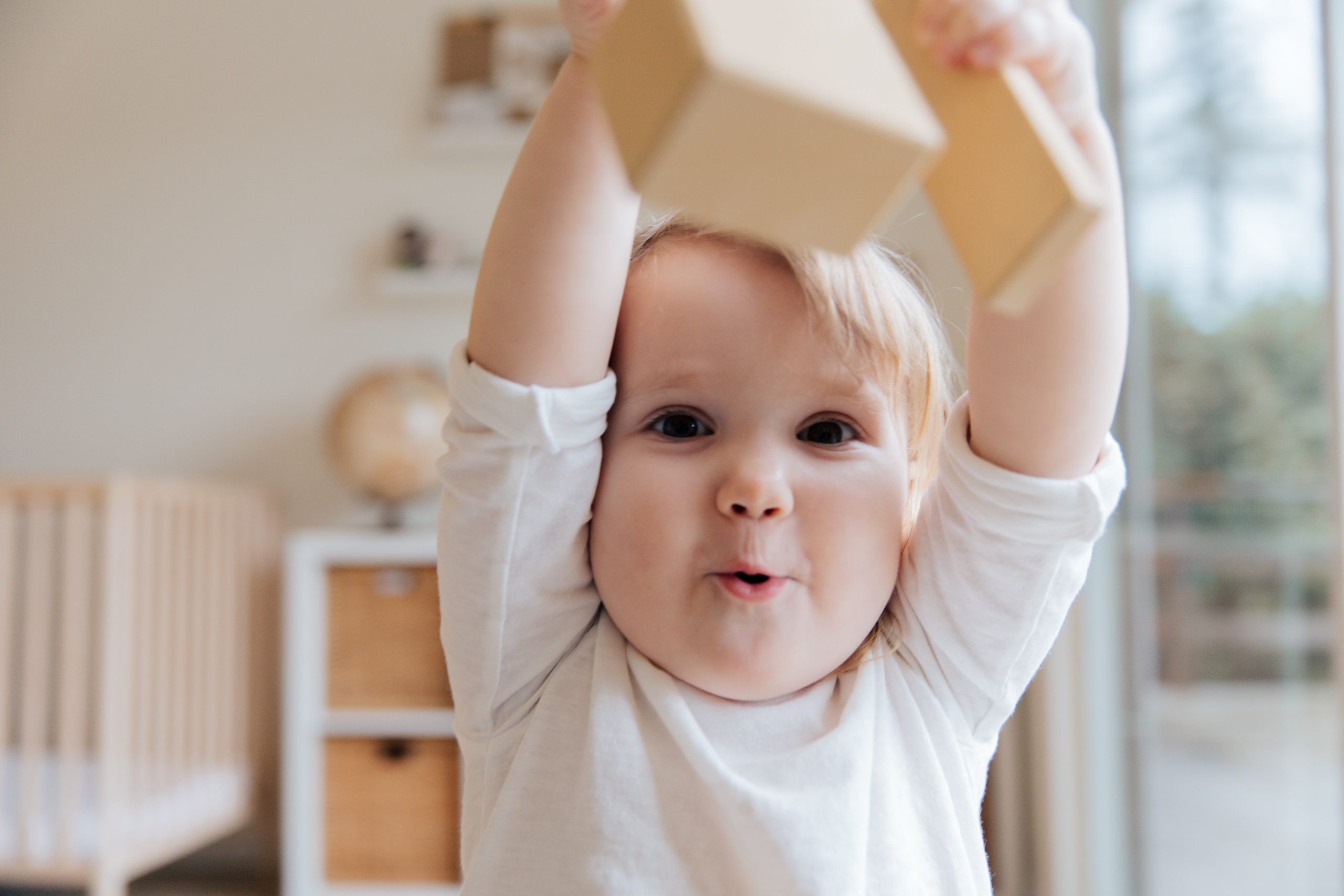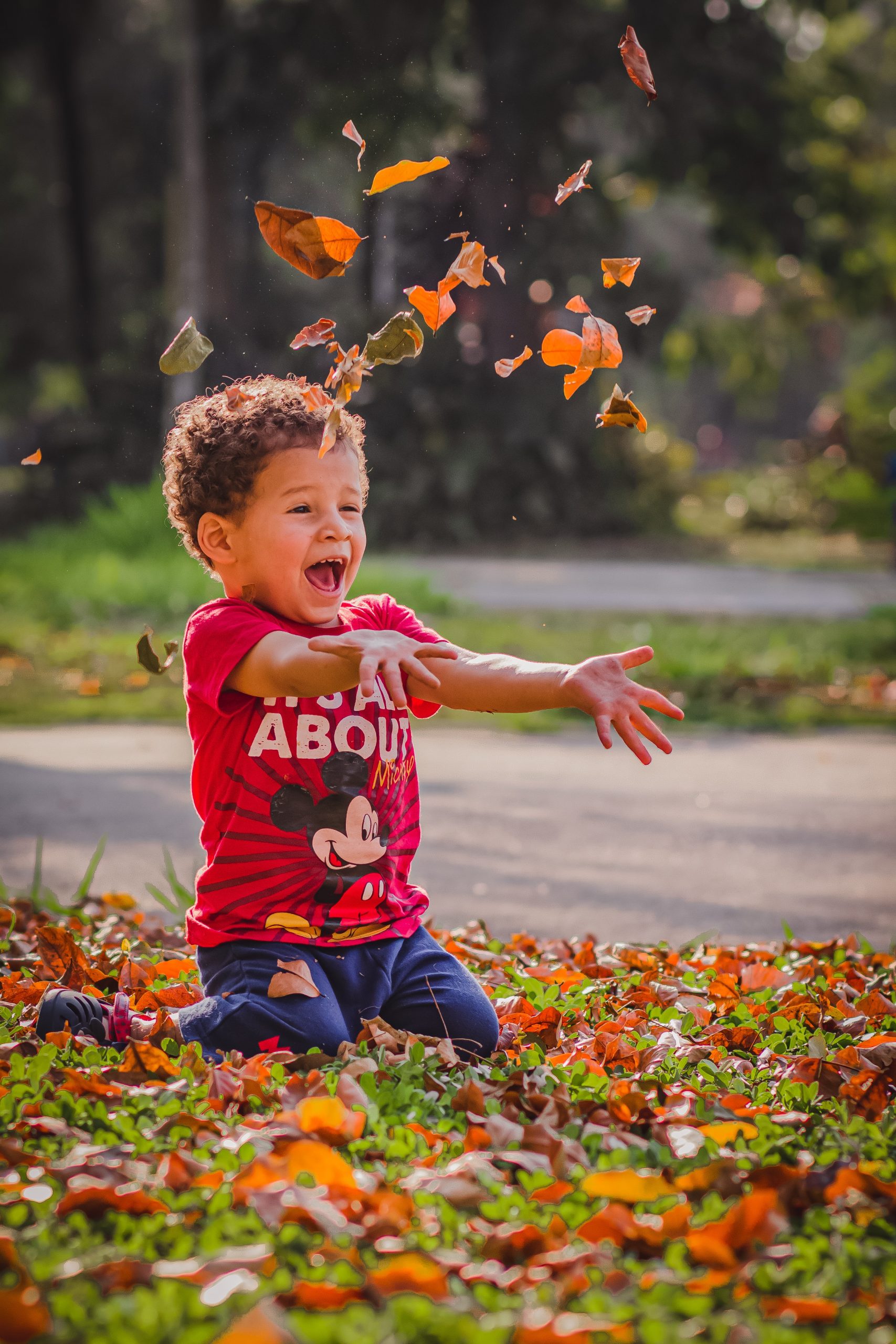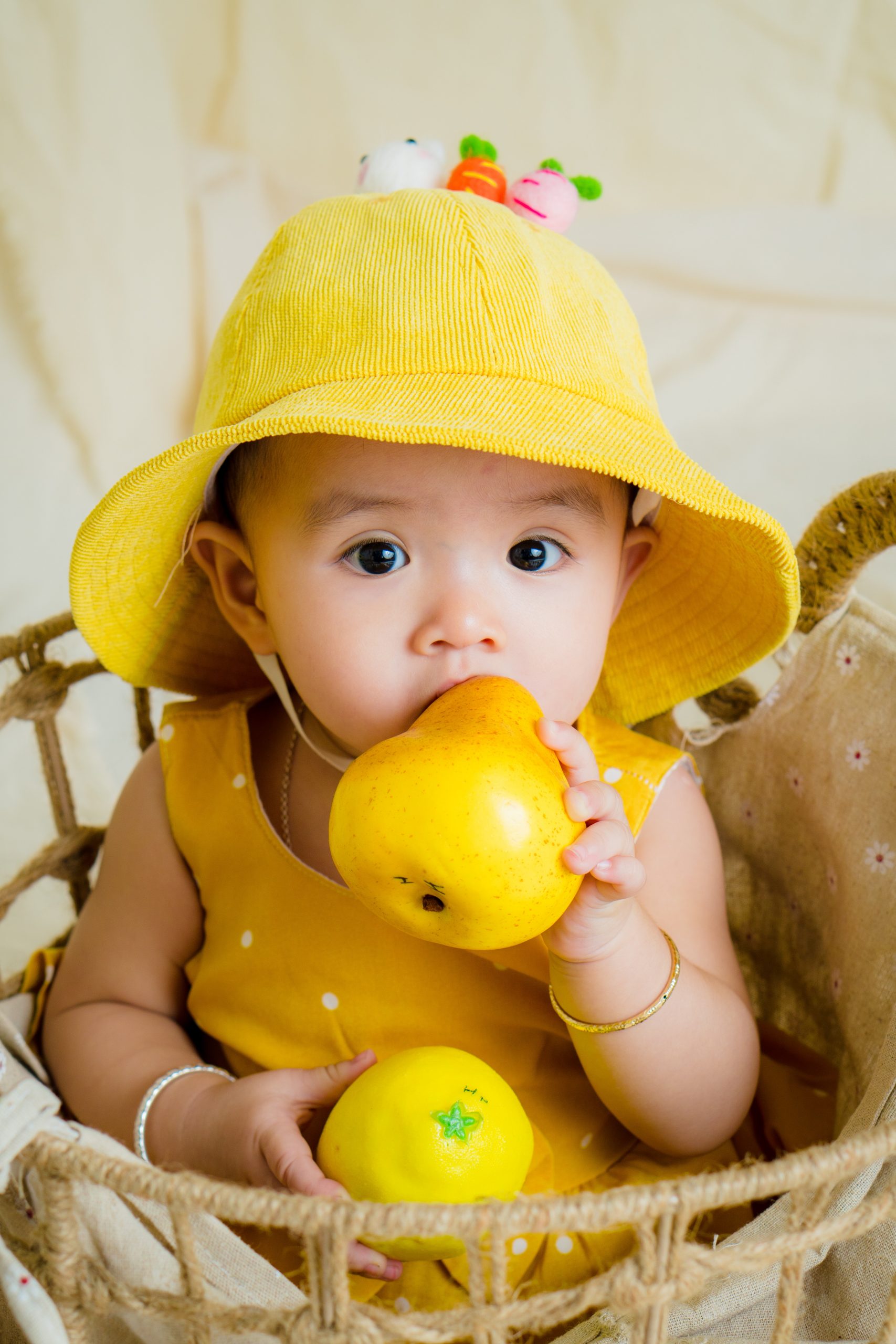Multi-Sensory Play Activity Ideas
19.06.2020

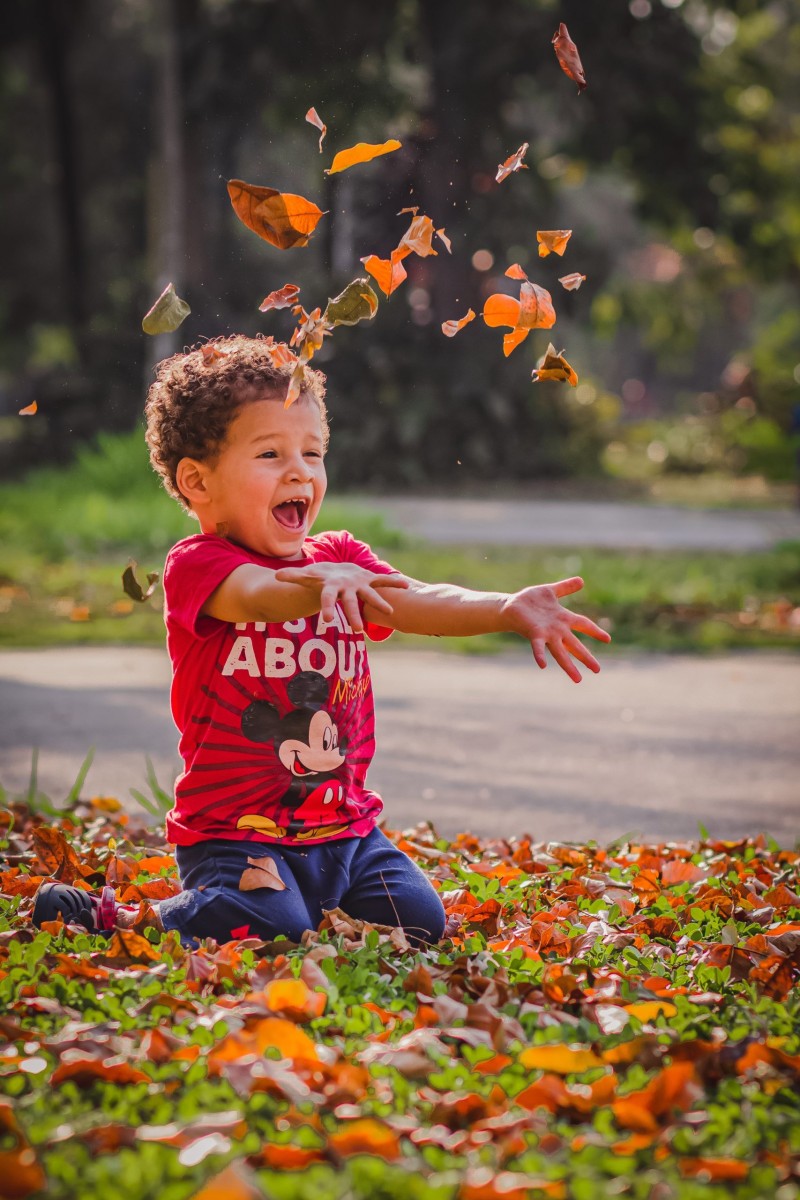
In Early years, we never seem to be finished talking about sensorial play, multi-sensory experiences, and environments for the senses! When you hear, or even use these phrases, you probably don’t stop to think about why we use them. Well, it’s because of the importance of our senses. They are the five doors into our brain. When one of those doors opens, thinking happens. We are all about providing opportunities for our children to think.
Without us even knowing, our sense organs (nose, eyes, ears, tongue, and skin) are taking in information and sending it to the brain for processing. If we didn’t have them, we would not be able to smell, see, hear, taste, or touch anything! What a boring life that would be!
Think of a scene from your life, something that makes you happy. Really, think about it. Consider the sounds, sights and smells you are surrounded by. What are you doing? Who are you with? Something as simple as standing in a field on a warm day, or beside the sea on a windy day stimulates your senses. You can feel the warmth of the sun or the wind on your cheeks; you can smell the sea breeze and taste the salt on your lips.
It is suggested that sensory stimulation encourages endorphins – happy, “feel good” chemicals in the brain. These chemicals can become addictive, causing the individual to repeat the activity in order to renew the good feeling.

Senses in Young Children
We now know that even before birth children learn about the world by tasting, touching, smelling, listening, looking and moving around. In fact, children best develop their senses by actively participating in the world. Babies wiggle their fingers. Toddlers repeat singsong words. Through each of these activities, children learn to process sensory input and they discover how their bodies move through space. Young children become absorbed in using and understanding their senses. They are inquisitive and open to any appropriate challenges to explore and learn.
Senses in our Playrooms
Sometimes in our busy playrooms, we forget to consider the way our children’s senses are being stimulated. Remember the senses are the doors to opening our brains so thinking and engagement can happen.
Take time now to think about your spaces. Think about… an experience you share with the children. How many senses were engaged? Was it overstimulating for the children? Did you notice any child avoiding using any of their senses? Why might that be?
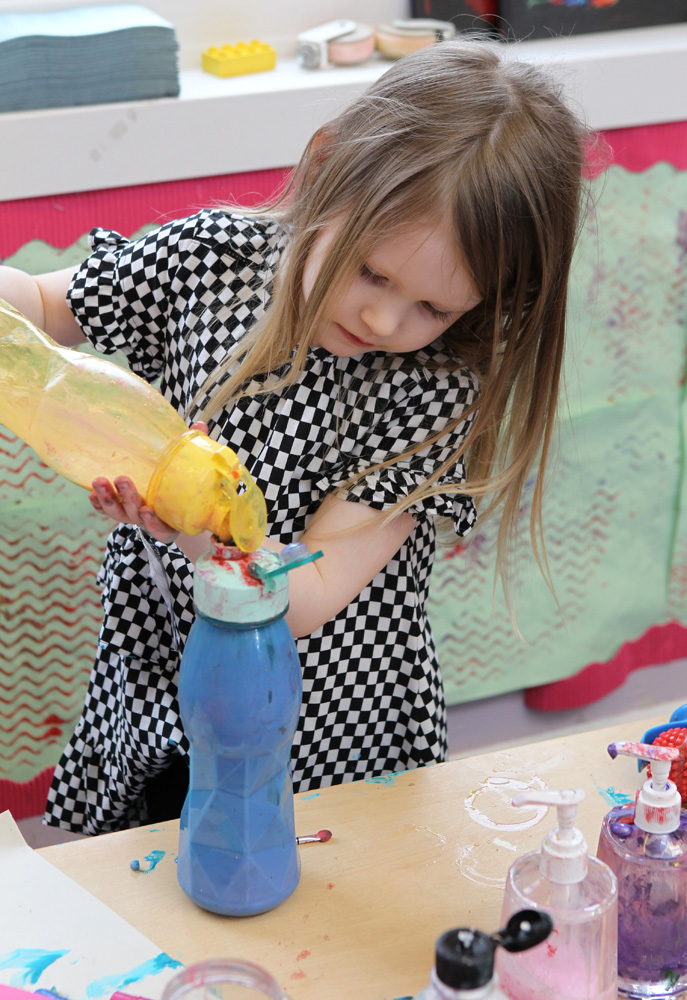
Think of the resources they like to play with or their favourite place in the playroom. How can you make it more sensorial for them?
Have a think about one or two of your learning zones…what materials and resources can children choose? Do you zones promote and stimulate just one sense or lots?
Here are some wee activities to encourage multi-sensory play:
In the Water
Why not grate some bars of zesty soap into the water play. This changes the aroma and smell of the water, it changes the look, it becomes cloudy almost and of course, you can feel the texture change at the beginning and then as the temperature of the hands melt the soap and it dissolves the texture change disappears. The children have just been involved in science. Cause and effect, change, compounds. Talk about it while it happens.
Block-tastic!
Take five pieces of each construction set you have. It could be wooden blocks, Duplo, pop oids, stickle bricks. Add in some sponges, a few sanding blocks and some Velcro rollers. Place a selection of sticky tape, sticky tack, string and wool. Sit alongside the children and suggest you each or together try to build something. Encourage them to plan and think about it before getting started. Then let them design, construct, deconstruct, modify and create! Sit back and consider the sensorial doors into their brains that are open for the thinking to take place.
